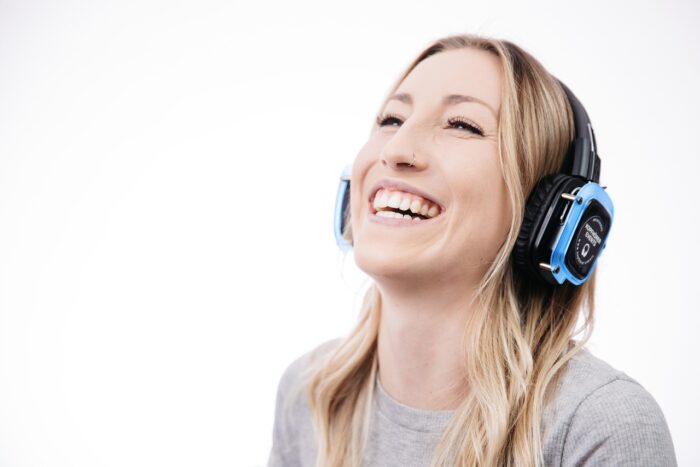Dealing with a build-up of earwax can be uncomfortable, but it's a common issue that can often be managed at home. Dealing with a build-up of earwax can be uncomfortable, but it's a common issue that can often be managed at home. Your body is designed to clear earwax naturally, so it should fall out on its own. However, if you notice symptoms like temporary hearing loss, an earache, or a blocked sensation in your ear, it might be a sign of excessive build-up. The good news is that you can often take the first steps to resolve this yourself without needing to see a professional straight away.
For simple self-care, you can try softening the wax at home. If you do not have an almond allergy, you can use either olive oil or almond oil. Place two to three drops into the affected ear, three to four times a day. Continue this for three to five days. This process helps to soften the hardened wax, making it easier for it to come out naturally. Over the following two weeks, you might find that small lumps of wax fall out, and your symptoms should start to improve.
If your symptoms haven't cleared after about five days of using drops, it's a good idea to speak to a pharmacist. They can offer advice and may suggest specific medicines designed to dissolve earwax. If your ear still feels badly blocked after this, you can see a nurse at your GP surgery. Should you still be experiencing hearing loss from the wax after three weeks of trying drops or bulb syringing, you should then make an appointment with your doctor or a nurse for further assessment.
When professional removal is needed, you have several options. Access to earwax removal services through NHS GP surgeries can be limited, so you may need to consider a private provider. Specialist clinics such as The Hearing Care Partnership, Bupa, Integrate Hearing, and Benenden Hospital offer procedures like microsuction. You can also find services on the high street at retailers like Boots, Specsavers, and Peak Pharmacy. It's important to note that many of these providers will advise you to soften the wax with olive oil for several days before your appointment to help ensure the removal is successful.








